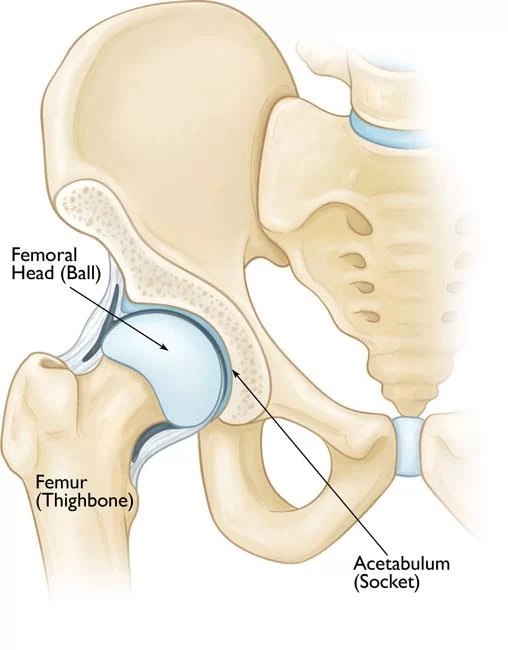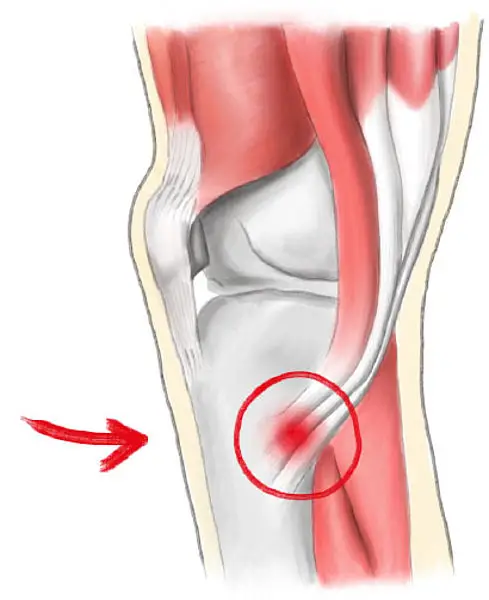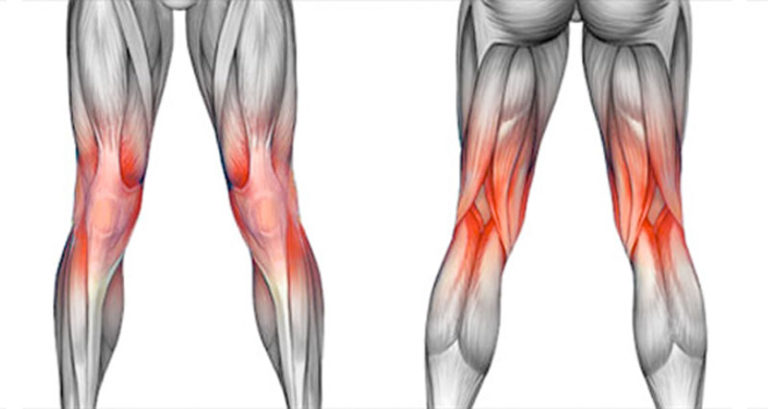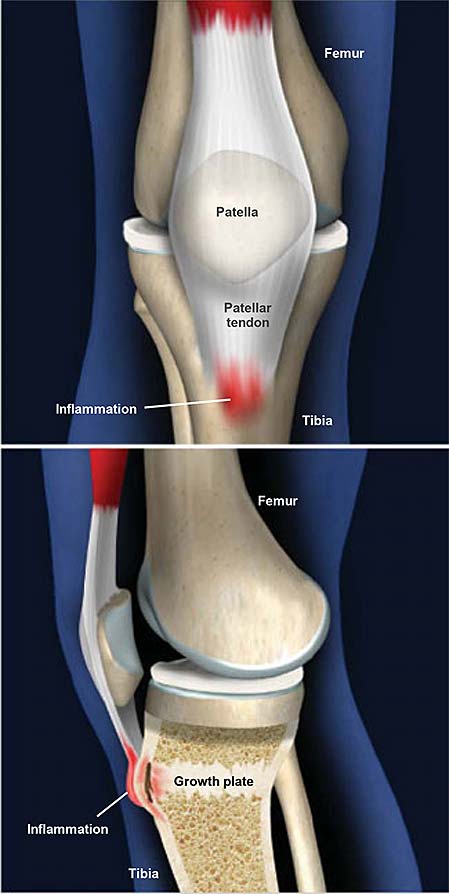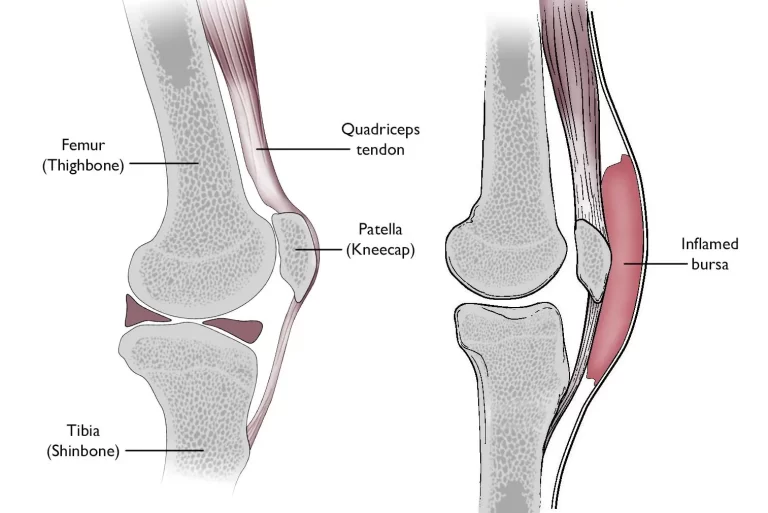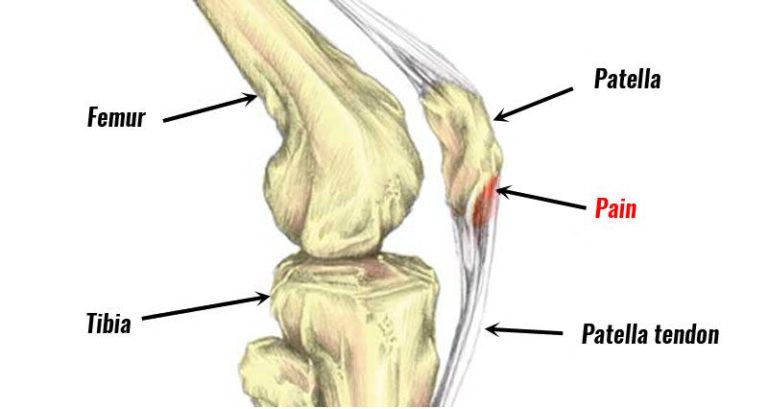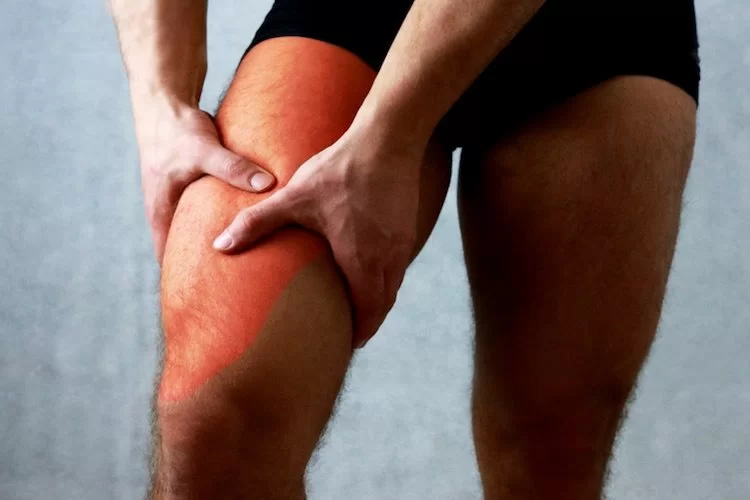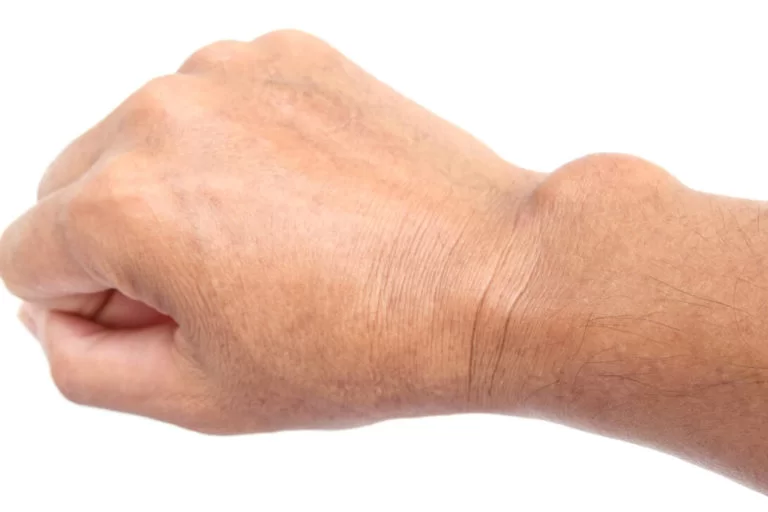Perthes disease and Physiotherapy Management
Anatomy related to Perthes disease Causes of Perthes disease Clinical Features of Perthes Disease Stages of Perthes disease IA: Early IB: Late IIA: Early IIB: Late IIIA: Early Stage IV: Healed Diagnosis of Perthes disease Medical Treatment of Perthes Disease Physiotherapy management of Perthes disease Conservative management of Perthes diseases Improve ROM in Perthes disease…

